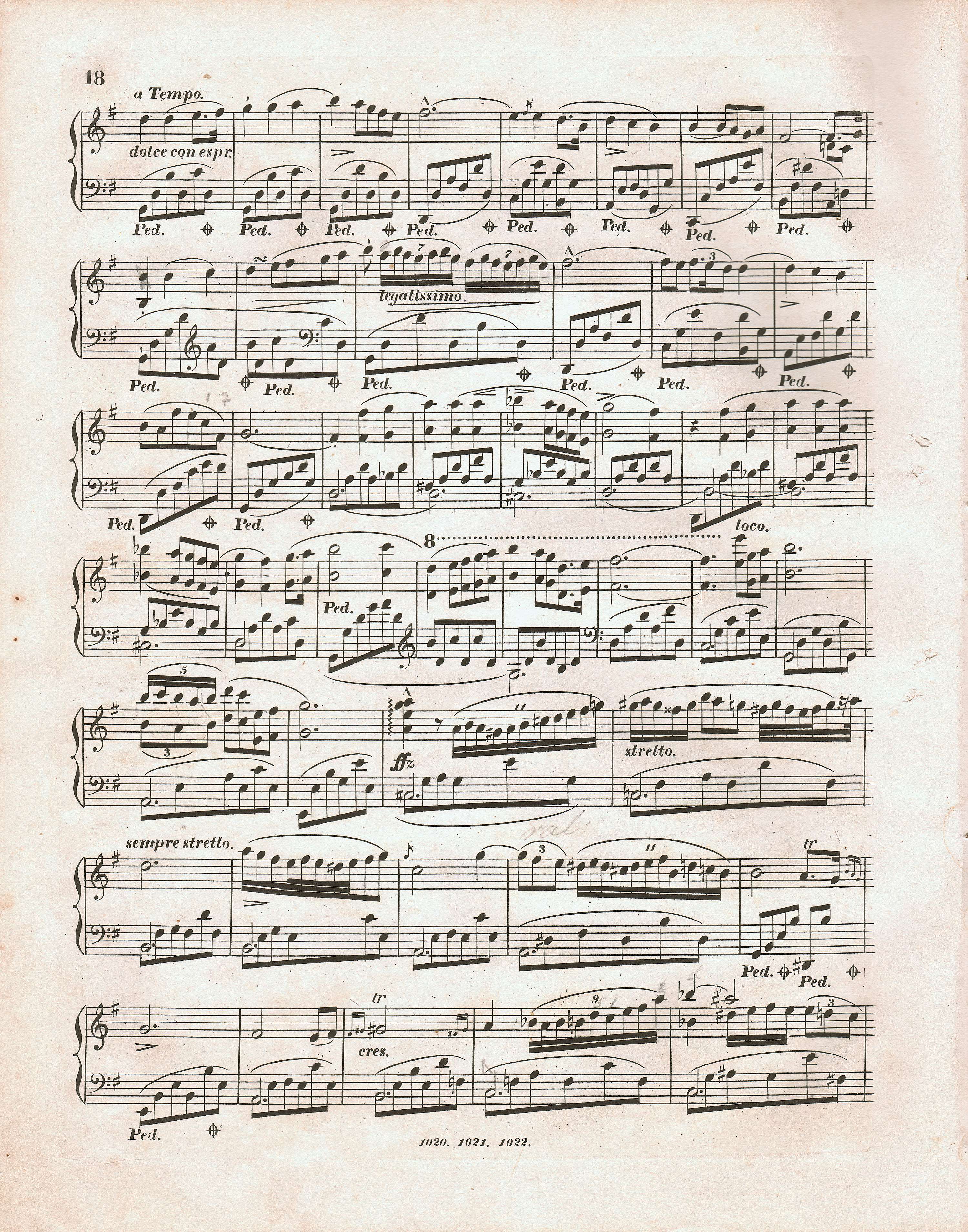



The version of FE (→EE,GE1→GE2) may be erroneous, which is proven by the following arguments concerning:
- notation – notation in the form of two groups of semiquavers, marked with digits '7,' suggests that each of those groups corresponds to a well-defined metric unit (crotchet); the suggestion is confirmed by the rhythm of analogous bar 232;
- structure – in this case, septuplets are a figurational variant of a motif that appears in its basic form up to 12 times: . The following notation (Chopin used a similar one in the Concerto in F Minor, Op. 21, 3rd mov., bar 27) illustrates the close relationship between both forms of the motif:
- source and critical approach – the likelihood of the rest having been overlooked by the engraver or by Chopin himself; Chopin would commit such mistakes (e.g. in the autograph of the Ballade in A
 Major, Op. 47, bar 138), particularly when he was performing corrections, which – due to dynamic and articulation changes with respect to the corresponding bar of exposition (bar 232) – is quite likely in the discussed place.
Major, Op. 47, bar 138), particularly when he was performing corrections, which – due to dynamic and articulation changes with respect to the corresponding bar of exposition (bar 232) – is quite likely in the discussed place.
On the other hand, one cannot entirely reject the possibility that the aim of the aforementioned possible changes in [A] was also to move the starting point of the semiquaver figures by a quaver; thus, the notation of the sources, although uncommon, would not contain a mistake. That version would be an original example of a written-out Chopinesque rubato. That possibility can be supported by missing corrections in pupil's copies.
Compare the passage in the sources »
category imprint: Graphic ambiguousness; Differences between sources
issues: Errors in FE, GE revisions, Rhythmic errors
notation: Rhythm




